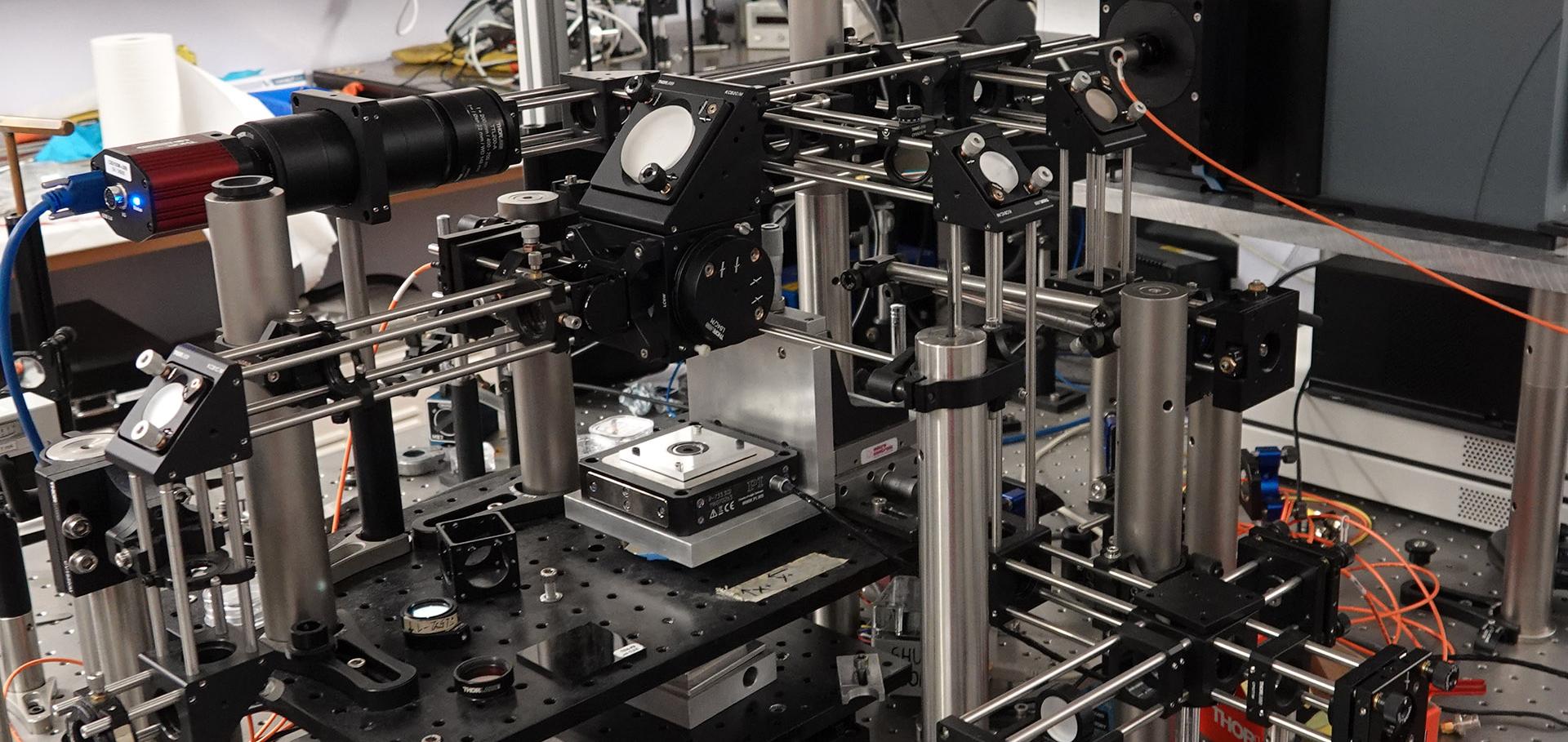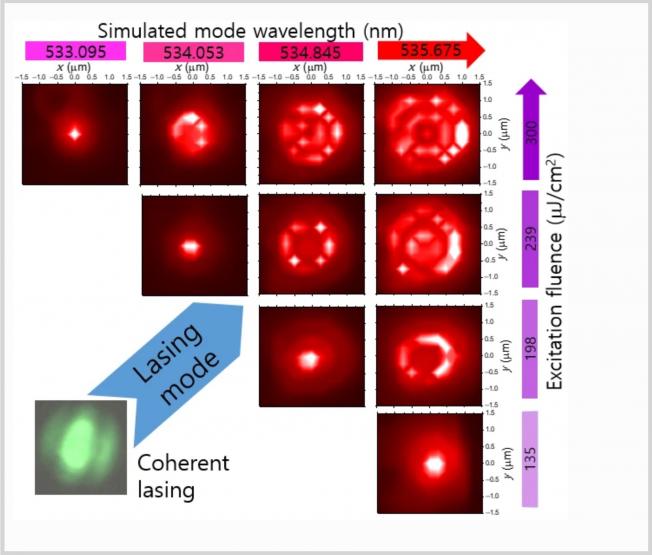Direct observation in the temporal domain of relaxation oscillations in a semiconductor laser
PHYSICA STATUS SOLIDI B-BASIC RESEARCH 204:1 (1997) 574-576
Efficient intersubband scattering via carrier-carrier interaction
PHYSICA STATUS SOLIDI B-BASIC RESEARCH 204:1 (1997) 159-161
Intersubband scattering rates in GaAs quantum wells under selective and resonant excitation, measured by femtosecond luminescence
SUPERLATTICES AND MICROSTRUCTURES 21:1 (1997) 77-83
Relaxation Oscillations in the Gain Recovery of Gain-Clamped Semiconductor Optical Amplifiers: Simulation and Experiments
Optica Publishing Group (1997) sd14
Resonant femtosecond emission from quantum well excitons: The role of Rayleigh scattering and luminescence
PHYSICAL REVIEW LETTERS 78:11 (1997) 2228-2231



